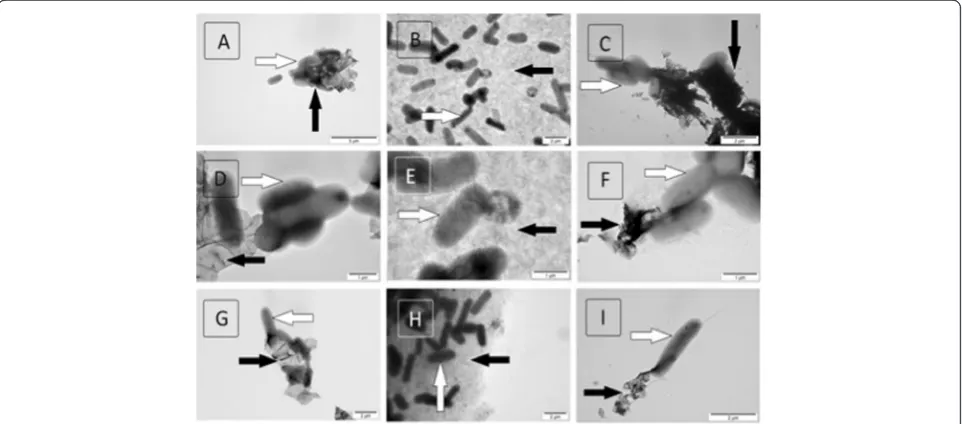Interaction of graphene family materials with Listeria monocytogenes and Salmonella enterica
Full text
Figure




Related documents
Sandra Ahmann, a graduate student in the School of Education at the University of San Francisco, is conducting a research study on youth risk behaviors. The purpose of the study is
Group 1: control group, orally received only phosphate buffered saline; Group 2: PPA-treated group, received a neurotoxic dose of of PPA of 250 mg/kg body weight/day for 3 days;
Para tanto, procurou-se realizar um estudo de caso, revendo através de fatos históricos toda a sua história e relevância para à cidade, no período Áureo da
non-weaving section, length of weaving section, of the selected roundabout was measured which are as shown. in the
According to the Civil Procedure Code of the Republic of Uzbekistan the application for interim relief allowed by the judge (court), considering the case, the same
Cognitive radio (CR) [3][4][5] is a important technology for future wireless communications and to solve the problems of limited availability of spectrum and
The results in this experiment suggest that dietary feed additive of Talinum triangulare had no effect on growth of Clarias gariepinus fingerlings as evidenced by similar body weight
proposed method is rapid, sensitive, reproducible and has been successfully applied for determination of Co(II) in the Sewage water, Bottom sediments and plants.The method is


